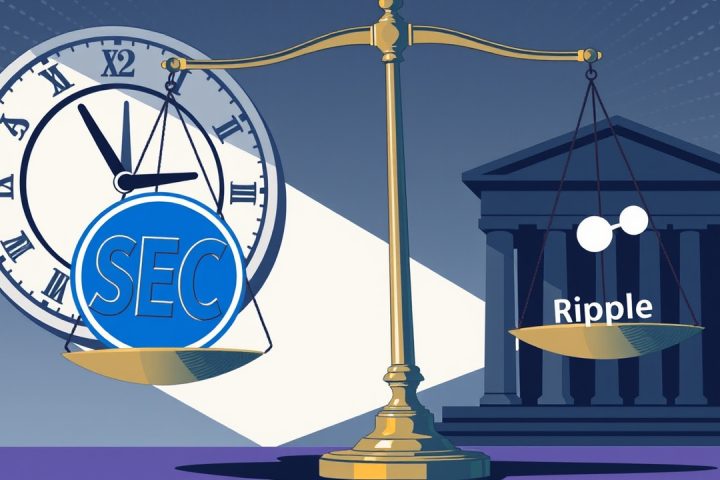Ethereum Foundation’s Security Initiative
This year, the Ethereum Foundation unveiled a sweeping initiative aimed at bolstering security, with a staggering goal of $1 trillion. This ambitious effort forms part of the foundation’s strategy to reshape Ethereum’s image for a broader audience, including retail investors, Wall Street players, and traditional financial institutions. While this initiative is commendable in principle, Ethereum faces intrinsic challenges that arise from its current emphasis on transparency.
Goals and Current Landscape
A core objective of this initiative is to create an environment where “billions of users feel secure storing over $1,000 on-chain.” At the present growth rate of unique Ether wallet holders, this ambition could materialize in less than ten years. As Ethereum marks its tenth anniversary this July, the Foundation is optimistic about achieving widespread adoption both at the institutional and retail levels.
Currently, decentralized finance (DeFi) protocols operating on Ethereum oversee an impressive total value locked (TVL) of over $64 billion. The Foundation’s proactive engagement with major financial players, such as BlackRock, Fidelity, JPMorgan, and Robinhood, signifies a growing acceptance of Ethereum within traditional finance and acknowledges its evolution as a mature financial platform.
Challenges and Vulnerabilities
However, rising concerns from blockchain security researchers highlight the threat posed by malicious practices linked to maximal extractable value (MEV). Since 2020, roughly $1.8 billion has been extracted from Ethereum’s network due to MEV tactics that exploit everyday users. While some may argue that this is an inherent risk of DeFi, the reality is that such practices could alienate the very non-Web3 users whom Ethereum seeks to attract as it strives for mass adoption.
A significant vulnerability within Ethereum’s structure lies in its public mempool, which is currently unencrypted. This architecture requires that all transactions be processed through a public channel where they are accessible to all participants—including those with malicious intent. This lack of privacy leads to scenarios where bots can engage in front-running and reordering transactions for profit before they are confirmed.
Regulatory and Technical Considerations
The regulatory environment surrounding MEV tactics remains murky, with few frameworks in place to regulate these actions and little accountability for those who exploit them.
Current alternative solutions, which aim to create a fairer distribution of MEV among users, struggle with their own centralization issues and fail to eliminate the underlying problem completely. Meanwhile, solutions like MEV-Boost may aid in some redistribution, yet the root of exploitation persists.
Proposed Solutions
For a genuine resolution to Ethereum’s MEV difficulties, a fundamental redesign of the transaction flow process is essential. This could involve encrypting the mempool, which would allow transactions to remain confidential until they are finalized. Such a transformation would create a naturally equitable environment—virtually rendering malicious MEV practices obsolete.
A shift to an encrypted mempool would significantly enhance user experience by lowering risks of MEV exploitation on a protocol level. However, this solution necessitates profound alterations to Ethereum’s core protocol, affecting components like transaction propagation, consensus, and execution systems. This comprehensive overhaul is anticipated to unfold over numerous network upgrades, potentially spanning several years.
Conclusion
As more institutional investment enters Ethereum’s ecosystem, the urgency of addressing MEV vulnerabilities comes into sharper focus. The current wave of institutional adoption may create a false impression of security, masking critical technical issues beneath the surface. It is imperative for the Ethereum community to support the $1 trillion security initiative, as it tackles a fundamental question: Can users trust that their transactions are handled fairly?
Achieving fairness through encrypted mempools presents a clear technological path forward. The pressing question remains: will the Ethereum community act decisively to implement these changes before trust in the network begins to wane? Despite seeming positive trends today, the looming threat of malicious MEV continues to jeopardize Ethereum’s long-term viability and security.




